A 14-foot phallus was erected at Paris Fashion Week on March 4. The sculpture — fiberglass and chrome-coated, so as to reflect partygoers’ faces in its anatomically-correct testicles — is part of the weeklong ISAMAYA LIPS Exhibition at Dover Street Parfums Market; a celebration of the beauty brand’s latest launch, LIPS, a $95 lipstick encased in a handheld version of the mirrored member.
You may have heard about the dick lipstick already. (Or the lipsdick, as I’ve taken to calling it — a missed marketing opportunity if there ever was one.) Makeup artist Isamaya Ffrench, founder of eponymous beauty brand ISAMAYA and newly-appointed “beauty curator” for fashion label Off-White, released it in early February to a flurry of fawning headlines about how the “NSFW” product proves “sex sells” by inspiring users to get “dicked down” by their cosmetics.
The product itself is fine and fun and funny, and I wish those weird little freaks at ISAMAYA would’ve let a lipsdick be a lipsdick. I wish the press would’ve written something like, “Huh! Schlong-shaped lip lacquer!” and left it at that. Instead, the brand and beauty media both presented LIPS as something that “redefines” beauty and “didn’t exist before,” as an object for “the female gaze,” as a celebration of “self,” as a call for “connection.” I now have no choice but to parse this PR success story and reveal publishers’ unshakeable commitment to coddling brands rather than questioning them!
“The inspiration was just a very simple realization,” Ffrench told PAPER Magazine of LIPS’ graphic design. “It didn’t exist before. So we did it.” The founder doubled down in an interview with Business of Fashion. “Through the history of fashion, we’ve seen this symbol of a penis,” she said. “We’ve just never seen it in the beauty world.”
This, coming from a beauty professional, is ridiculous. For as long as lipstick has existed in bullet form, it’s existed as a symbol of both patriarchal violence (and thus, indirectly, the penis) and the penis.
Some historians believe bullet lipsticks became de rigueur after World War I, when bullet-manufacturing facilities, now less necessary, were transformed into lipstick-manufacturing facilities. “This kept people good at making bullets,” said Peter Haffenden of the Living Museum of the West, and forever changed the shape of lipstick into that of a body-penetrating projectile.
In The Cut’s “A History of Lipstick As Warfare,” writer Arabelle Sicardi details how, during World War II, “brand campaigns heralded that ‘beauty is your duty,’ and the brand Tangee issued an advertisement that said, ‘war, women, and lipstick — for the first time in history, woman-power is a factor in war … a woman’s lipstick is an instrument of personal morale.’” Women were expected to perform beauty to remind soldiers what they were fighting for. Cosmetics entrepreneur Helena Rubinstein “explicitly designed her packaging to look like a bullet.”
Do I have to quote Freud? Fine, I’ll do it. The psychoanalyst believed it “unmistakeable” that “all weapons and tools are used as symbols for the male organ: e.g., ploughshare, hammer, gun, revolver, dagger, sword, etc.”
Alleged makeup/ammunition crossover and disputed Freudian theory aside, beauty advertisers have long capitalized on the fact that lipstick packaging looks a lot like a pee-pee!!
Like here:
And here:
And here:
And here (just watch it):
Beyond industry ads, artists have been offering up creative critiques of cock-centric cosmetics for decades. Take this Claes Oldenberg collage from 1966, below, in which he replaces the statue of Eros in Piccadilly Circus with images of lipsticks to “update one vision of sexuality with another,” per Tate Modern.
“For me, London inspired phallic imagery which went up and down with the tide — like mini-skirts and knees ... like the up-and-down motion of a lipstick,” Oldenberg explained at the time.
With LIPS, Ffrench doesn’t acknowledge this history, and doesn’t appear to be aware of it. She doesn’t add anything new or profound or particularly interesting to the conversation. She doesn’t use art to expose or indict or transform the current cultural idea of beauty and its tools. She doesn’t lift the veil — or if she does, it’s only to shout, “HEY LOOK! THERE’S A WIENER UNDER THERE!!”
This is a progressive act of gender equality, apparently.
Emily Morse, a doctor of human sexuality and the host of the Sex with Emily podcast, tells Business of Fashion that the LIPS campaign is an example of “female gaze-driven media.” She explains, “It’s almost like equal opportunity. Why are we hiding the penis? We want to see it. For so long women have been objectified in many ways, and now we’re saying, ‘I’m going to take your balls and have them by the hand and put them in my mouth — and maybe or maybe not you’re invited to this.’ It’s our choice.”
Oof. OK. To start, objectifying the other is not an acceptable solution to having been objectified. The way Dr. Morse describes male objectification as a woman’s “choice” is an affront to the feminist movement and an egregious dismissal of consent. I also struggle to see how a disembodied dick qualifies as a construct of the “female gaze.” In pornography, for instance, the disembodied dick is a core feature of POV videos — a style that aims to make the viewer feel as if the dick is their dick, as if they’re the one performing the sex acts on screen; a style that caters to the male gaze in the most literal sense of the phrase.
And anyway, the existence of the “female gaze” is debatable. At the very least, when defined in this way (as what women “want to see” in a sexual context, as a foil to the male gaze), the expression suggests a complete misunderstanding of the subject matter. The male gaze is not about sexual desire or attraction or beauty. The male gaze describes the psychological condition of navigating a male-dominated world. The theoretical female gaze, then, wouldn’t go goo-goo for throbbing members. It would encompass the experience of navigating a world where women have power over the other (hence the question of its existence).
From John Berger, the art historian who originated the concept of the “male gaze” in the 1970s:
“To be born a woman has been to be born, within an allotted and confined space, into the keeping of men. The social presence of women has developed as a result of their ingenuity in living under such tutelage within such a limited space. But this has been at the cost of a woman's self being split into two. A woman must continually watch herself. She is almost continually accompanied by her own image of herself … From earliest childhood she has been taught and persuaded to survey herself continually. Men survey women before treating them. Consequently how a woman appears to a man can determine how she will be treated. To acquire some control over this process, women must contain it and interiorize it … Women watch themselves being looked at. This determines not only most relations between men and women but also the relation of women to themselves. The surveyor of woman in herself is male: the surveyed female. Thus she turns herself into an object — and most particularly an object of vision: a sight.”
It may be easier to understand the male gaze by thinking of it as the patriarchal gaze — not the preferences of any man in particular, but the preferences of a system that exalts men and oppresses everyone else.
LIPS does not challenge this in either function (applying makeup) or form (phallus). Claiming ISAMAYA’s phallic statuettes are made for the benefit of women because women like to look at penises is like claiming the Washington Monument is a feminist icon. If erectile effigies are indeed essential to the project of gender equality and not projections of male power, may this be the fifth wave of feminism: constructing more phallic architecture because we’re horny and we deserve it! Pleasuring ourselves to the Chrysler Building until politicians acknowledge our personhood!!
In all seriousness though, the thing about the abundance of penis symbolism in society is that it makes an alternative abundantly clear. If Ffrench wanted to “liberate” and “innovate” with LIPS, as she says she does, she could have created product packaging that anatomically aligns with the product’s name. She could have ushered in an era of yonic symbolism! Instead she chose, as NYLON put it, to “celebrate the male form.” Why?
“LIPS’ shape … calls for human connection, and maintains our ethos of celebrating one’s self,” the brand offers in explanation. But like… How does a cold metal cock call for human connection? How does a $95 luxury lippie celebrate the self?
According to both Ffrench and Dazed Beauty, the answer is — obviously! — that bringing a shrunken replica of an erect penis to your mouth and gliding it along your lips is an antidote to the sexual “repression” that’s “flourishing” in modern society. “Despite the efforts of sexual liberation movements and recent body positivity campaigns, culture seems to be in a bit of a sex recession at the moment,” Dazed writes in its feature on LIPS. “Young people are reportedly having less sex than ever, while in Hollywood sex scenes have seen a big decline. Clearly, as a society, we still have a ways to go before we are free of our sexual hangups.”
I mean… there are millions of dildos, vibrators, and wands on the marketplace already. Anyone, at any time, can pull up PornHub, pull out an inanimate approximation of a human penis, and get themselves off. None of this has helped with the “sex recession” yet. Perhaps it’s why we’re in a “sex recession.” Perhaps sex has been robotized and technologized and optimized — removed from the bodily realm! stripped of all messiness and instinct and eroticism! — to the point that it’s wearing away at real relationships. (It’s worth noting that the top search on PornHub last year was “reality.”) Regardless, there’s no reason to think ISAMAYA’s mass-produced member will finally be the one to facilitate meaningful connection to the self and others.
But ah, reason is no match for the beauty industry’s biggest excuse: art. “More than anything, Ffrench views LIPS as art,” Business of Fashion reports, and under the cover of art, rouge-as-erection symbolizes whatever the artists says it symbolizes, no matter how nonsensical. Maybe — maybe — one could find artistic merit in Ffrench’s chrome cock ‘n’ balls if commerce weren’t involved? But much like calling Madonna’s surgically de-aged face “subversive,” the argument loses steam as soon as it’s used to sell the standards it supposedly subverts. The aesthetic presentation may be updated (Madonna’s overt cosmetic work, Ffrench’s overt ode to erection), but the material action is the same as it ever was (convincing people to purchase anti-aging skincare and lipstick, perpetuating the idea of product consumption as a path to both beauty and political rebellion).
Again, to be clear, I have no problem with Ffrench manufacturing a dick-shaped lipstick. I have a problem with Ffrench passing it off as a celebration of self, as a tool for human connection, as feminism. I have a problem with the press legitimizing Ffrench’s marketing lines by reprinting them without pushback — thus further eroding our collective understanding of such critical concepts as the self and human connection and feminism! the consequences of which continue to devastate humankind on the spiritual, social, economic, and political levels!! — and calling their regurgitated mush journalism.
It calls to mind the Lacanian interpretation of the symbolic phallus as a signifier of lack. In this case, LIPS and its press coverage signify a lack of substance, a lack of common sense. A lack of critical thinking.




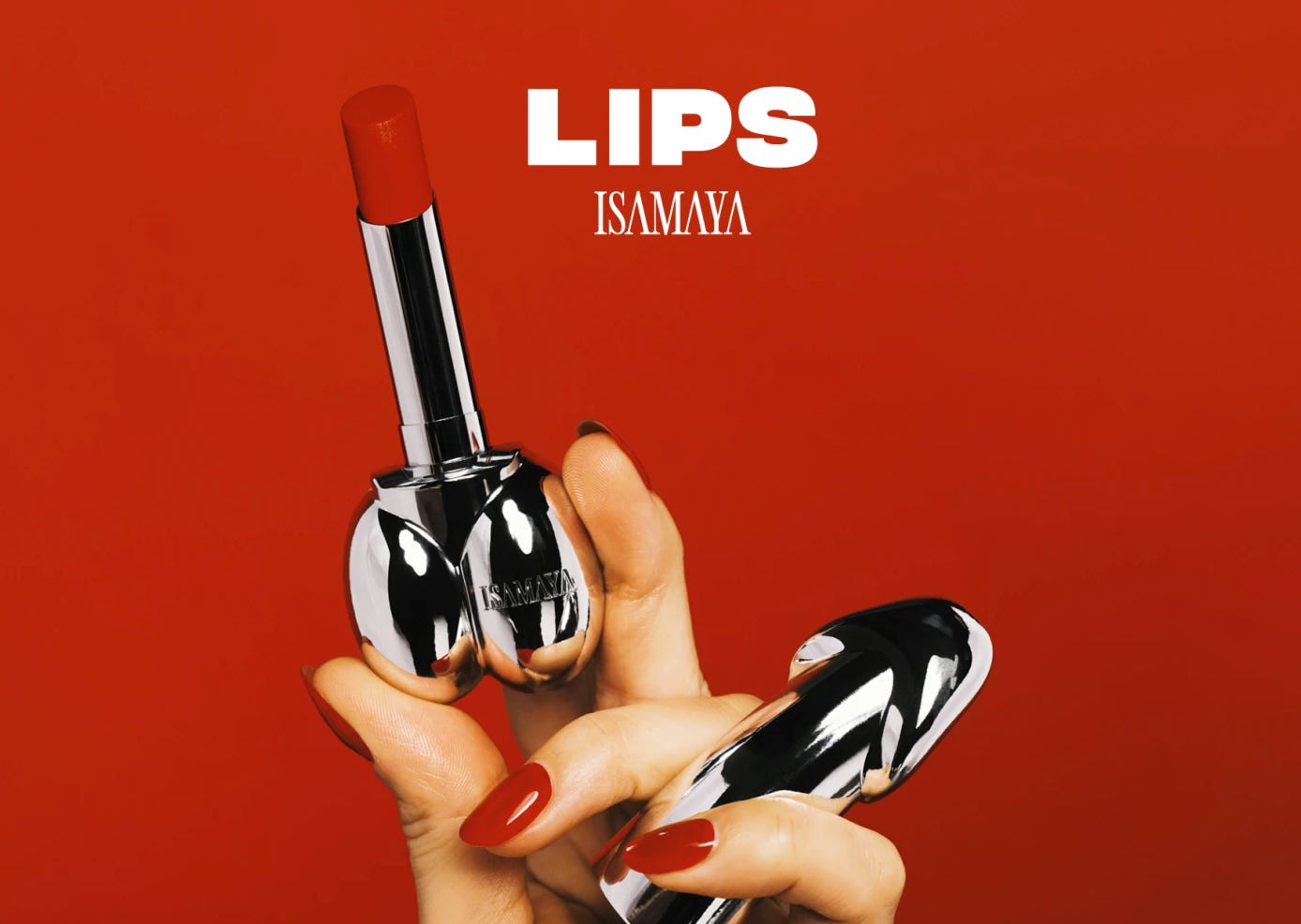
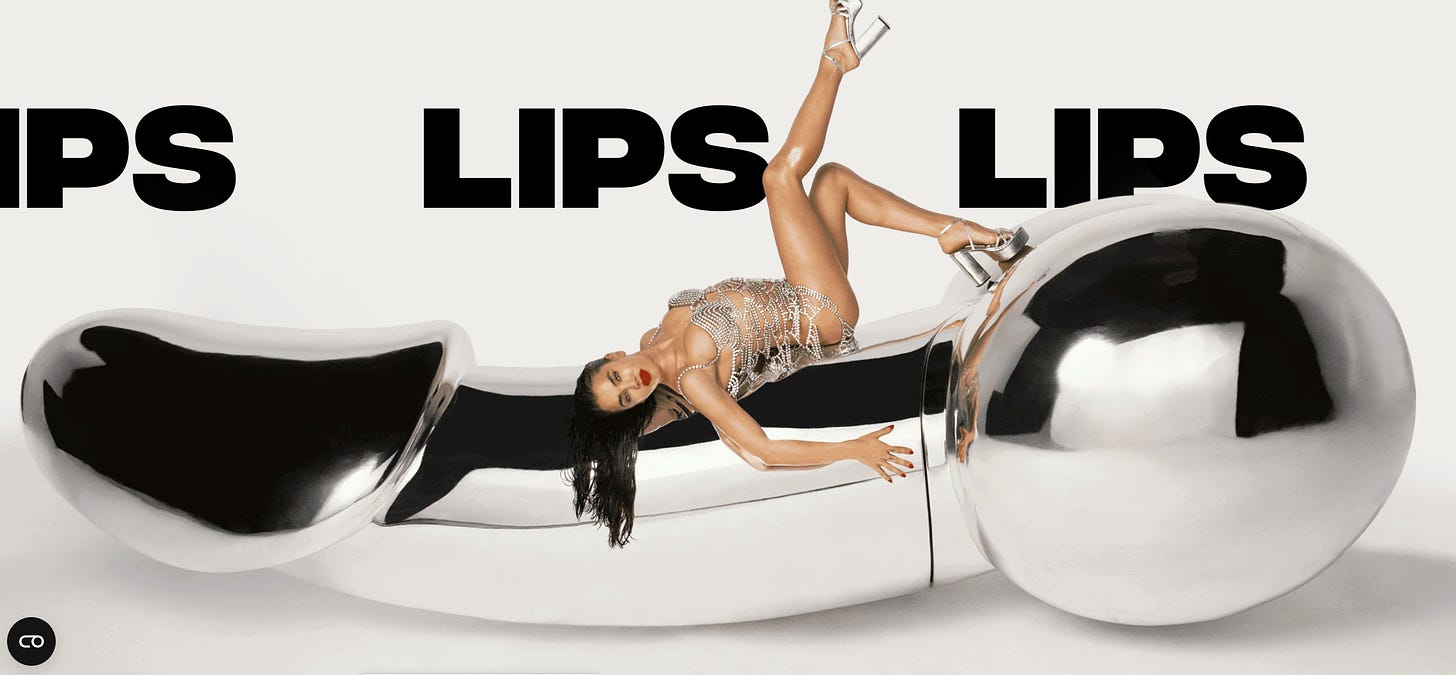
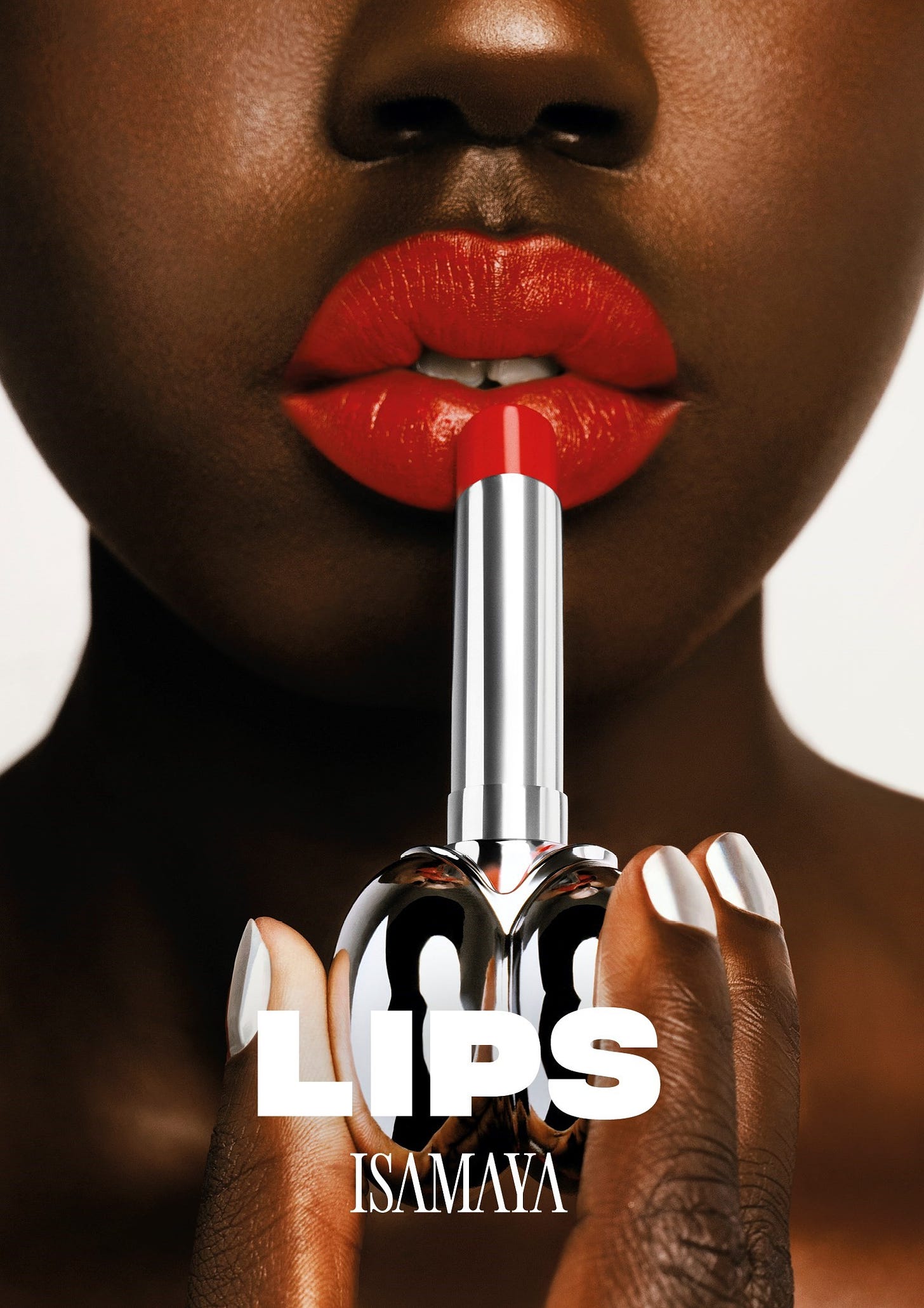
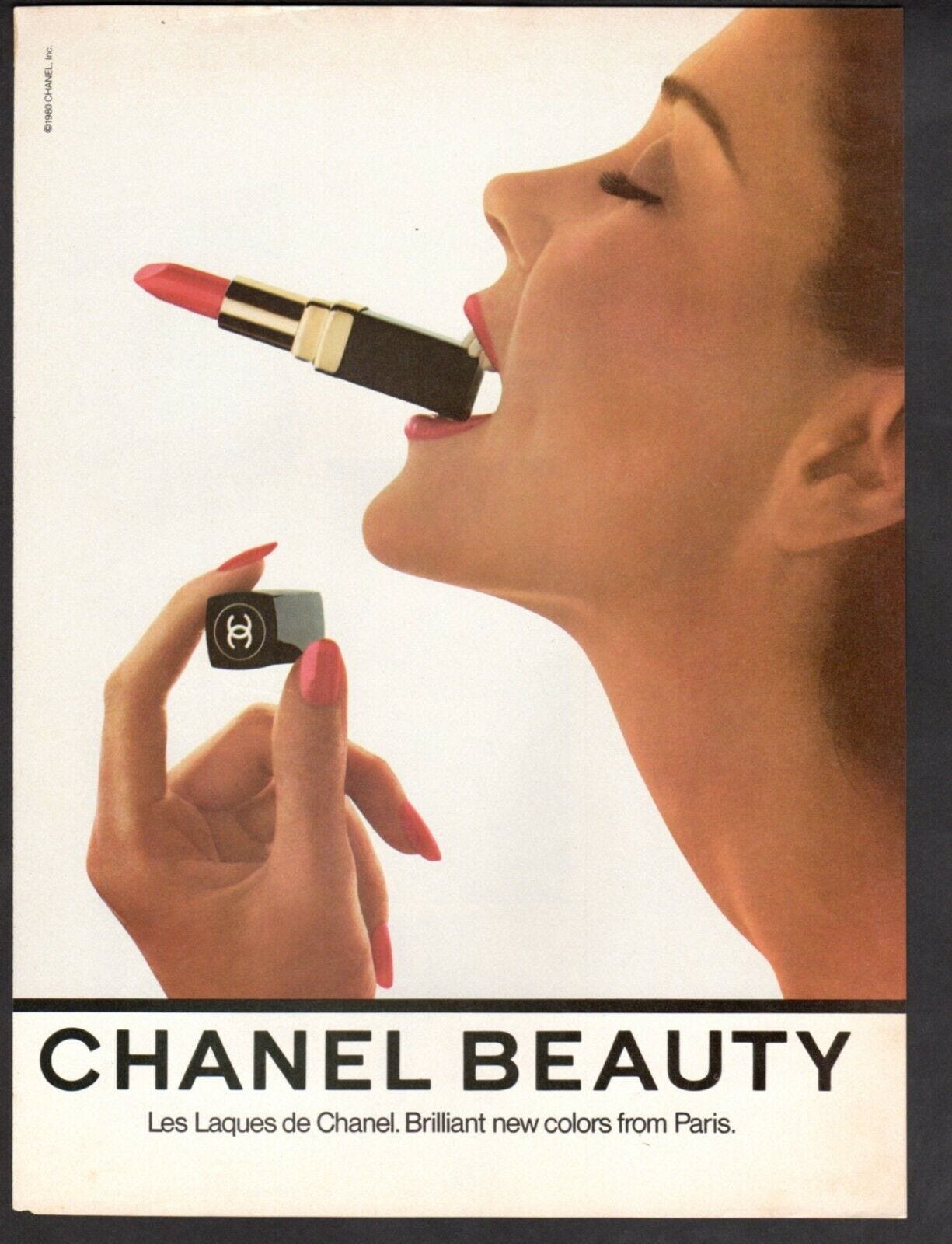
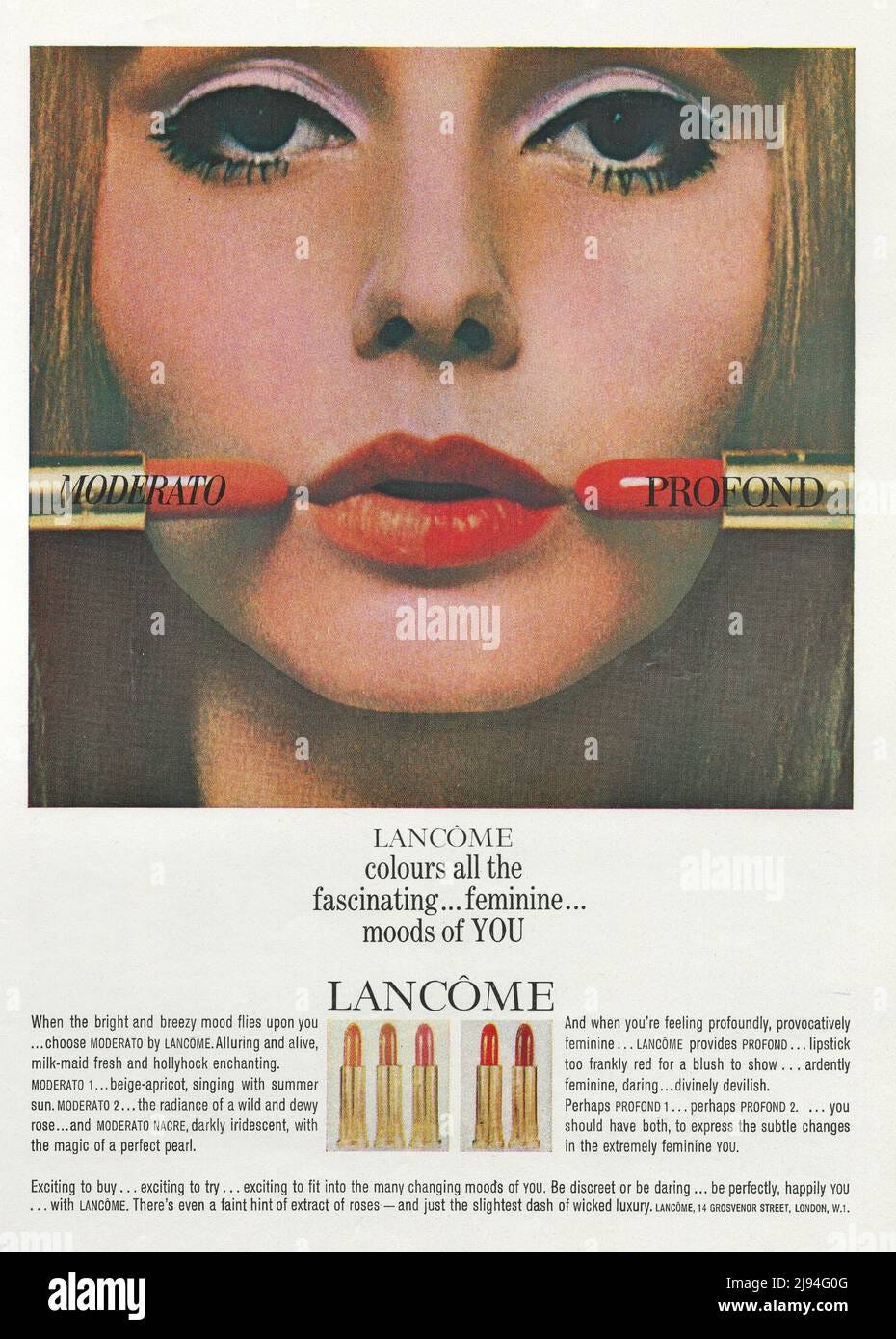

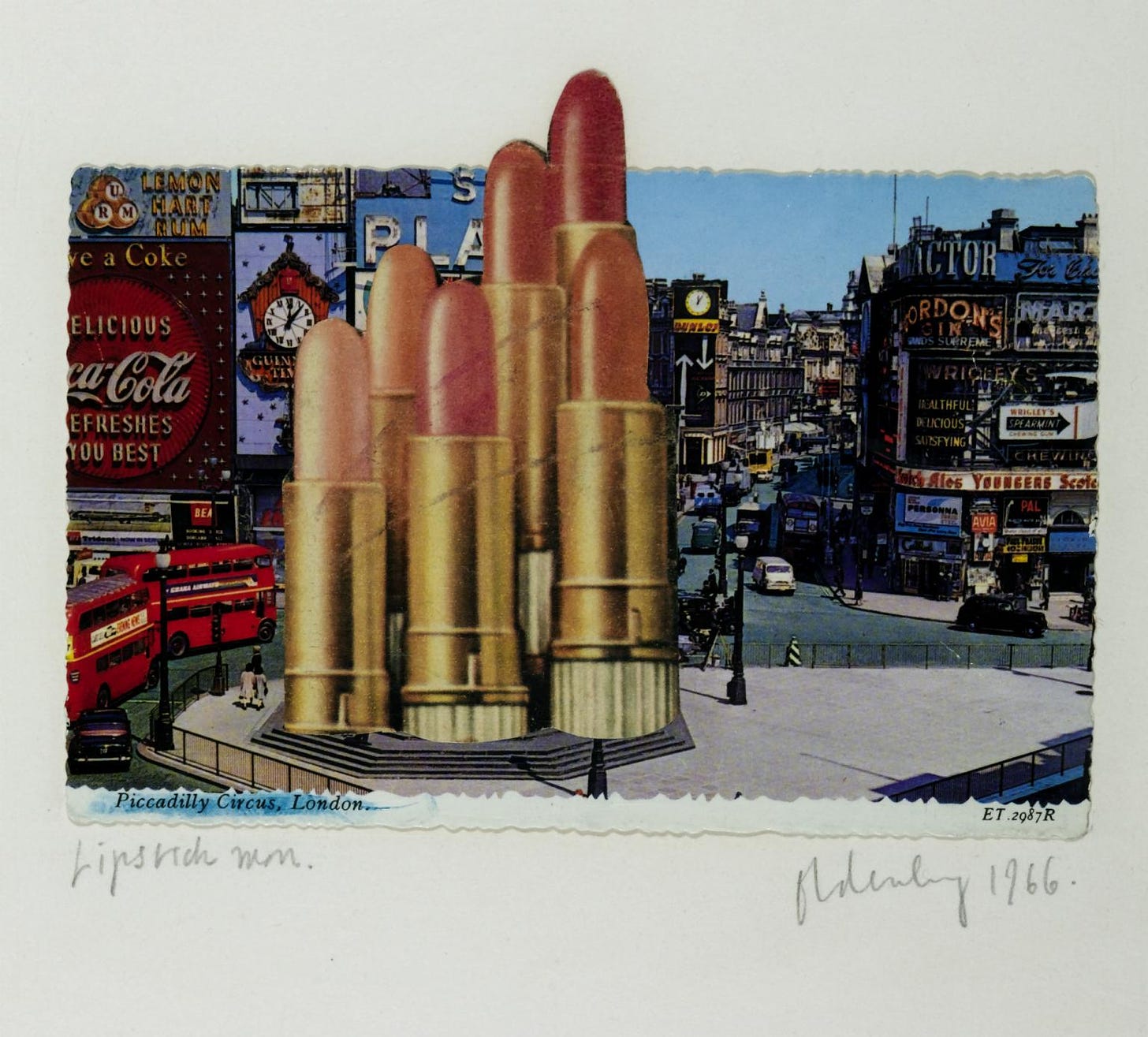
You have outdone yourself with this giant, thick, throbbing, spurting riposte!
It’s amazing to me how people continue to insist that the reason young people are having less sex is because we live in a “sexually repressed” society, when a plain, obvious truth is staring us all right in the face: women are no longer forced to enter into relationships with men, as we have been in previous generations. And given that the majority of men are virulent misogynists (or at the very least, do not respect women and objectify us), do not do their fair share of domestic labor, cannot emotionally connect, etc, it’s no shock that women are choosing to forego relationships with men. Even disregarding the idea of a a relationship, casual sex has very little benefit for the average heterosexual, cisgender woman - most men cannot make us come, and in addition to that, we have to worry about the potential for violence to occur or for men to force us into sexual acts we have not consented to (choking, slapping, “accidentally” slipping into our anus). No, it couldn’t be any of the very real, very apparent issues that women constantly face when engaging with men. It’s just sexual repression. I think obviously these companies must realize what they are spewing is absolute bullshit, but sexualization is beneficial to late stage capitalism, so they have no incentive to point out the real issues that exist and are contributing to a decline in sex.